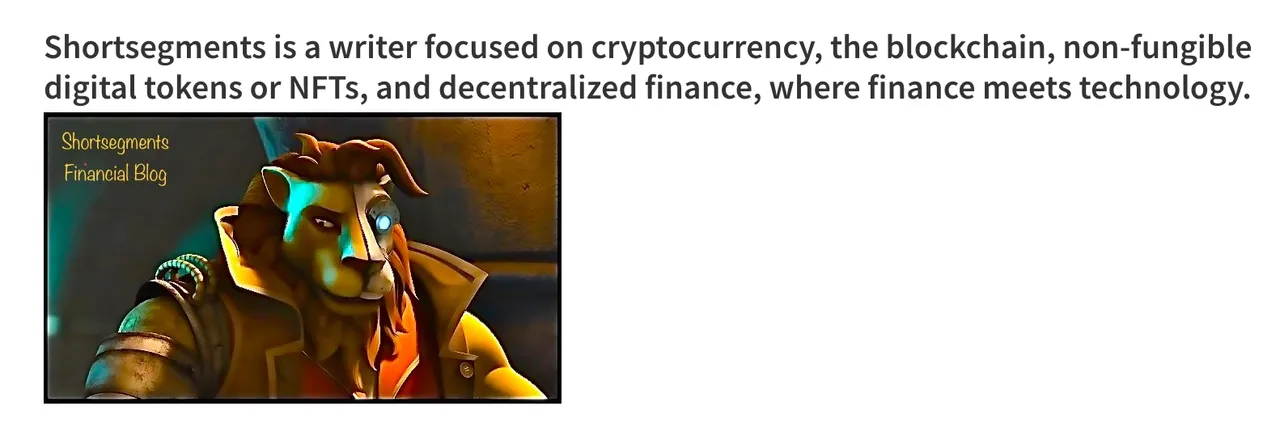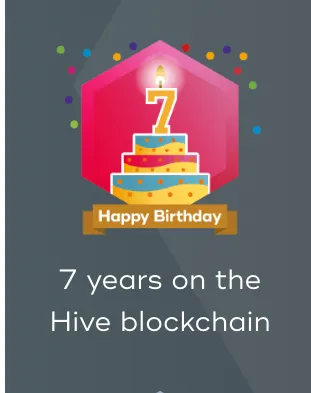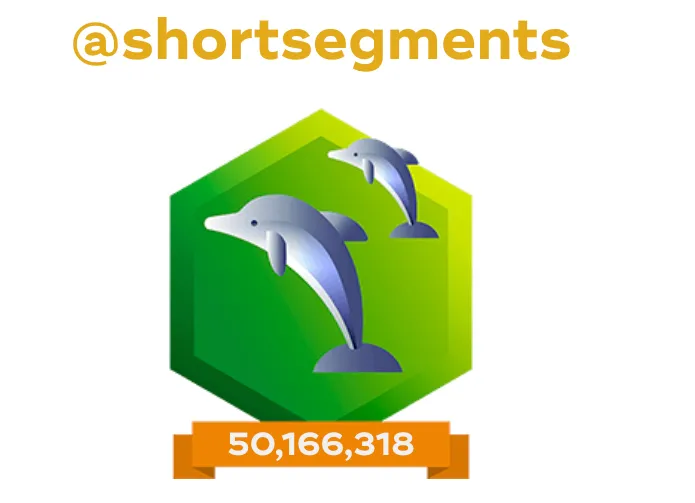Introduction
- Humans are pretty impressive creatures. They invented the wheel and built airplanes, submarines, and bullet trains.
- Humans discovered coal and oil and also harnessed electricity, water, wind, the sun, and even volcanoes.
- During this journey from caves to skyscrapers, humans split the atom and traveled to the moon.
- There's no denying that we are impressive creatures, but the history of our discoveries and triumphs is littered with stories of individual failure and quitting before the problem is solved. We often pick up at the point that others quit and carry on their work, and eventually one of us succeeds. But why did one fail and one succeed? Why can two people sometimes accomplish what multiple individuals could not? I think we have individual limits, and in fact, I think it is part of our nature to be limited. So, this post looks at how our limited visual field creates a limited brain point of view, which makes it difficult for us to see the whole problem and thus solve it. This concept or hypothesis explains why collaboration with those who see things the most differently from us brings us closer to seeing the whole picture and formulating the most effective solutions and the best products.

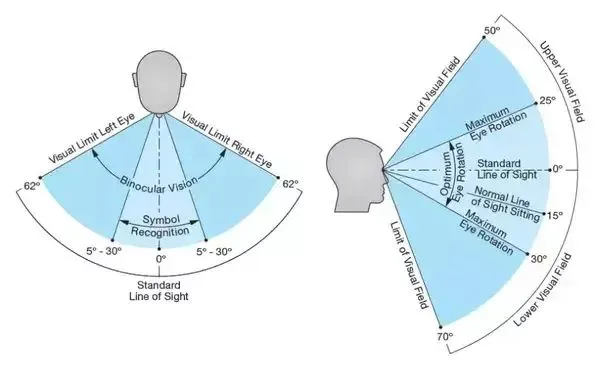
Body
Perspective and Point of View
- I like to remind people that our visual field encompasses less than 180 degrees of the world directly in front of us. This means that we literally have to circle an object to see all of it; otherwise, we can't see the entirety of an object or problem right in front of us. We literally only see half of it.
- The second problem with problems is that sometimes they are big. If a problem covers a big subject area, a physical comparison of a large mental problem would be to think of a problem like a room in our house, or a bigger problem is like the entire house, or a really big problem is the size of the entire city...you get the picture.
- The problem becomes too big for us to mentally walk completely around it, so we can't see all of it. So, logic would suggest that if we can't see the whole problem, we can't come up with a whole solution. Instead, we solve problems by trial and error, and this can be a very long process.
- In fact, this process can be so long that many quit along this long road of failures because it is discouraging. Additionally, we quit because our egos tell us that perhaps the problem can't be solved with current knowledge. And we are both right and wrong. We can't solve the problem quickly with the knowledge our limited point of view provides, but perhaps we could if we combined our point of view with someone else's.
A Second Point of View
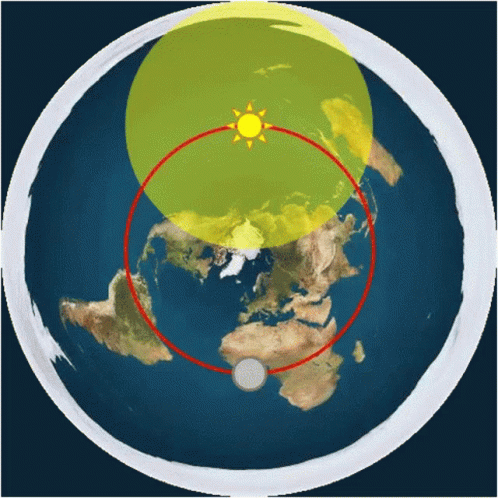
- We can't visualize the entirety of nearly all but the smallest of problems. Most are too big to visualize with our limited visual field, which corresponds to our limited mental perspective. We need to understand our limits and work with someone with a different perspective, preferably one different from our own, so it supplements our perspective with the things we cannot see, not one so similar to ours that they add nothing to our point of view. Funny how that is the opposite of what happens in life. We pick partners based on similarity of point of view, not realizing how that hurts us instead of helping us.
- I wish to emphasize that this is about diversity of point of view, as in how we see the problem, which is frequently based on where we are looking at it from. If you and I look at a problem from the same perspective, we don't gain anything by working together. But if we look at things from different perspectives, each of us gains a visual and mental perspective different from our own, which may contain the pieces of information we need for a solution.
Thoughts Related to Hive and This Subject
- The most amazing thing about being here on Hive for seven years has been admiring the individual brainpower, computing knowledge, and coding talent that this diverse population of people brings to the table. The second most amazing thing is how these very, very smart people are not always aware of their perspective limits. While some of them are self-aware and work collaboratively with others, so many really bright people here are not self-aware of their natural limits, and while they show glimpses or sustained pictures of great innovation, it is the parts of the problem they cannot see which trip them up repeatedly and cause them to fail. It is painful to use their products and painful to see them fail.
God Is All-Knowing, Humans Are Not
Human beings are not all-seeing, we are not all-hearing, we are not all-knowing...you get the picture, we are limited.
If we are smart, we realize two things. First, that we know and understand we don't know what we don't know because we don't know it. A bit of a tongue twister, but I think you get it. The second thing smart people understand is they can't see 360 degrees, but the world is 360 degrees. We can only see 180 at our best. If we look at our place on the earth, the person whose viewpoint best complements our own is the one which is most different because they are the farthest away from us.
When we pick someone for collaboration, it is very important to keep this fact in mind. The person closest to us sees basically the same 180 degrees, and the person farthest from us sees the most different 180 degrees, and it is this most different 180 degrees which could be the most valuable to us in terms of our success.
Let me explain this a different way, which I think will be most clear.
When we are at the front of the elephant, we see the head, the trunk, and the front legs.
When we are at the back of the elephant, we see the butt, the tail, and the hind legs.
The front and back of the elephant give the most information about the elephant because they are the farthest away from each other and give the most complete or complementary viewpoints.But the person at the front of the elephant and the person directly to their right a few feet see basically the front of the elephant. They may want to work together, but they really don't add anything to their respective viewpoints. We want to work with someone who sees the elephant like we do because their viewpoint is familiar and comfortable. But they don't add anything to our knowledge of the elephant. If I were to say this another way: The person closest to you sees a small variation of what you see but usually adds very little to the solution.
We actually want to seek out the person whose viewpoint is the most different from ours because they are the one who adds the most information which we don't already have, and that is how you solve problems—by adding to your knowledge so you see the complete elephant and, in real life, see the complete problem, not just the half you see from your perspective. That is really hard for people to do, but that is what makes people successful: getting the information they cannot see and thus cannot think of because our vision limits our brain.
Successful Innovators Seek Out Knowledge They Don't Have From Those With Perspectives They Don't Possess.

I think the most successful innovators are both self-aware and aggressively active in obtaining the ideas of others, which represent solutions to problems they wanted to solve.
They literally take the ideas of others with a vastly different point of view and combine them with their own to achieve incredible success.
Sometimes we look back at brilliant minds of history and wonder why some succeeded and others failed.
- Henry Ford wasn't the first person to build an internal combustion engine. He wasn't the best student in his class, and even his mother said he wasn't her smartest child. But he took the ideas of others and made them part of his solutions, and the rest is history.
- Thomas Edison was far from the first man to harness electricity. Benjamin Franklin was famous for building the lightning rod a hundred years before him. But when we think of the electric light bulb or the electric street light, we think of Thomas Edison. He aggressively took the ideas of others and combined them with his own.
Ironically, his greatest successes came from his collaborations with his greatest competitors, who were solving the same problem with solutions the farthest from his own.
When you look at Alternating Current, or AC, it was diametrically opposed to Direct Current, DC.
- "Diametrically opposed" can be used to describe two ideas which are 180 degrees apart—direct opposites.
Thomas Edison's collaboration between his DC current and someone else's AC current allowed him to harness electricity for lighting, an innovation which literally brought mankind out of the darkness into the light.
He made electricity, once viewed as a massively dangerous force of nature which brought only death and destruction, the biggest innovation in the history of mankind.
See What I Did There: Diametrically Opposed.
It is almost like they were on the opposite side of a sphere; him seeing the solution to the problem as direct current, and them seeing the problem solution as alternating current. These two ideas were 180 degrees apart intellectually, almost like they were looking at a problem from opposite sides of a mental perspective.
But not so strangely enough, the collaboration of people with vastly different points of view, and thus vastly different solutions, resulted in one of the most successful collaborations in history.
See what I did there: diametrically opposed, opposite viewpoints, 180 degrees apart. It's almost like they are seeing only half the problem, limited to 180 degrees of viewpoint on a problem.
Their very impressive brains were limited by their eyes' visual field, and their brains learn and develop based on what they habitually see—180 degrees of the problem or less.
Visionaries
- Remarkably, there are people whom we call Visionaries.
- They can see what others cannot, so we call them visionary.
- We look at a problem, we see the front. They look at a problem and they see the front and they can see the back in their mind.
- They have a brain which supplements their visual field of 180 degrees with the other 180 degrees people normally can't see.
- They solve great problems because they are able to see 360 degrees of the problem.
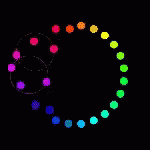
- I hope that some of you who are the great brains on Hive read my article, or those who are close to the great brains here, will read and discuss my article with them. I think through collaboration we could accomplish great things here, which would potentially enrich us all or make some of us famous. The choice is not up to me; it's up to the big brains and the people who influence them.
But this rant is me doing my part.
The End.
This post was written by @shortsegments

